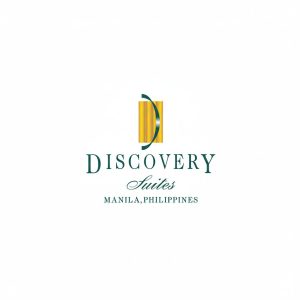By Veronica Uy
Photos courtesy of Embassy of Sweden in Manila
Is “sustainable mining” a contradiction of terms? Can civilization survive without mining? Won’t lithium, nickel, and other green minerals be mined for the batteries in renewable energy use? What is the balance between sustainability and mining?
These are just some of the questions that the recent “Pioneering the Green Transition: Advancing Sustainable Mining” forum sought to answer.
Mining can be quite harmful to the environment. Land disruptions, water and air pollution, and loss of diversity, are among the main environmental issues associated with mining.
Acknowledging this, and with the Philippines inviting investors to engage in mining of green minerals, the Business Sweden and the Embassy of Sweden in Manila organized the forum.
Sweden’s Ambassador for Sustainable Business, Cecilia Ekholm, shared her country’s approach to sustainable mining and her country’s mining ecosystem.
The Mining with Nature roadmap is the Swedish mining and mineral industry’s roadmap for increased biodiversity. In the roadmap, a common goal is defined: by 2030 to contribute to a biodiversity net gain in all regions where mining and minerals operations and prospecting take place.
The roadmap, which includes a biodiversity management plan, ecological compensation guidelines, and the “Roadmap to Fossil Free” that aims to reach net zero carbon emissions by 2045. It is based on science and the principles of the mitigation hierarchy: avoid, minimize, restore, and compensate for impacts on biodiversity.
Ambassador Ekholm said Sweden welcomes a partnership with the Philippines on sustainable mining. “This is not just Sweden’s problem, but a global problem. We all need to work in the green transition, and we all need a partner to do that…We are really looking forward to the collaboration,” she added.
Environment and Natural Resources Secretary Maria Antonia Yulo-Loyzaga said the Philippines can learn from Sweden’s long history and experience in promoting scientific advancement, transparency, accountability, and sustainability in the mining sector.
“We must leverage our natural wealth responsibly and equitably, while ensuring that the socio-economic benefits of mining extend to all Filipinos, especially to the communities that host mining operations,” Yulo Loyzaga said.
Atty. Mike Toledo, Chairman of the Chamber of Mines, said “responsible mining…[is] a balancing act [of] extracting the minerals that are critical for energy transition while mitigating the effects of a tremendous amount of energy and other impacts of the environment required to extract those minerals.”

Ambassador Ekholm discussed Sweden’s triple helix model which allows the country’s mining cluster to keep sustainable and environmentally friendly practices while maintaining global competitiveness. The triple helix model involves close collaboration between the government, private sector, and academe in mining research and innovation.
Building the mines of the future
Swedish company ABB shared its experience working in the Philippine mining sector promoting efficient energy supply and driving circular mining activities.
Sandvik Mining and Rock Solutions shared their experience working with a local mine and how their technology – telemetry, remote monitoring, and semiautomated underground machines – help in increasing efficiency and safety in a gold mine in the Philippines.
Ericsson, on the other hand, shared their unique experience working with the world’s largest gold producer and the mine’s journey to a smarter and safer mine through data and connectivity.
A panel discussion delved into the crucial role of technology adoption and collaborative partnerships in driving sustainable growth. Panelists noted that the use of renewable energy and carbon capture reduces the mining industry’s environmental footprint and helps create a more sustainable community and environment.
The forum also looked into the future of mining, zeroing into the role of digitalization, connectivity, and automation to boost efficiency, productivity, and safety in mining.
Academicians shared that partnerships between mining companies and the academe and research hubs are essential in enabling knowledge exchange and innovation in mining. For example, Swedish mines allow students and researchers to conduct tests and experiments in their mines, and Swedish mining companies fund initiatives to promote research.
Another panel discussed the crucial role of stable digital connections when it comes to the safety of the miners. Digital and wireless innovations, such as 3D mapping and remote-controlled machinery, can help survey the safety of mines.
Sweden’s Ambassador to the Philippines Annika Thunborg noted that mining is pivotal industry that supports many sectors.
“Mining…is key to sustaining the global action in reducing greenhouse gas emissions wherein electrification has been identified as one of the solutions. The availability of metals and minerals remains crucial today as economies commit to meet internationally agreed climate goals,” Ambassador Thunborg said.




